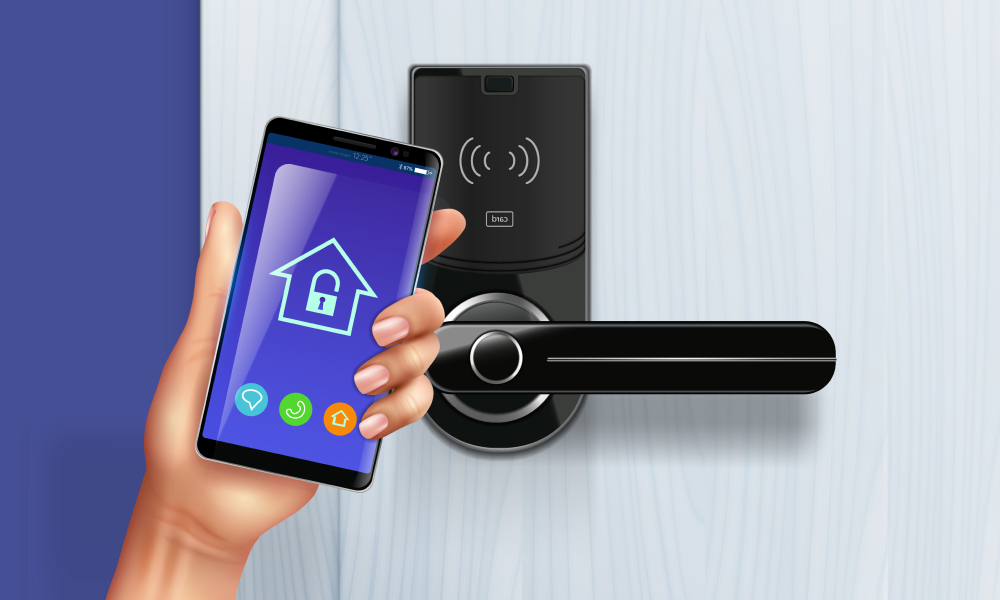Telecommunication Network infrastructure is the hardware and software resources of an entire network that enable network connectivity, communication, operations and management of an enterprise network. It provides the communication path and services between users, processes, applications, services and external networks/the internet. Fiber optic technology to reach the fastest speeds available today makes dissemination information and communications FASTER and Reaches many corners of the world.
FTTX GPON
Telecommunications access technology that uses fiber optic cabling to reach the user. This fiber optic technology provides faster data transmission and reception through a single fiber, with a point-to-multipoint architecture, which allows home optical fiber (FTTH), or a building (FTTB).

TV Cable is a system through which television services are delivered using the Coaxial cable/IP suit over a packet switched network such as a connector, instead of being delivered through traditional terrestrial, satellite signal, and cable television formats.
WiFi is a local area wireless technology that allow an electronic device to exchange data or connect to internet using 2.4Ghz UHF and 5Ghz SHF radio waves. The WiFi define as any “Wireless Local Area Network“ / WLAN products.


IP Telephony uses Voice over IP technologies for placing and transmitting telephone calls over an IP network, such as the Internet, instead of the traditional public switched telephone network (PSTN).
Building automation is the automatic centralized control of a building's heating, ventilation and air conditioning, lighting and other systems through a building management system or building automation system (BAS). The objectives of building automation are improved occupant comfort, efficient operation of building systems, reduction in energy consumption and operating costs, and improved life cycle of utilities.


Access Control in the fields of physical security and information security. Access Control (AC) is the selective restriction of access to a place or other resource. The act of accessing may mean consuming, entering, or using. Permission to access a resource is called authorization.
Surveillance cameras are video cameras used for the purpose of observing an area. They are often connected to a recording device or IP network, and may be watched by a security guard or law enforcement officer.


Video Telephony comprises the technologies for the reception and transmission of audio video signals by users at different locations, for communication between people in real-time. Video phone is a telephone with a video display, capable of simultaneous video and audio for communication between people in real-time.